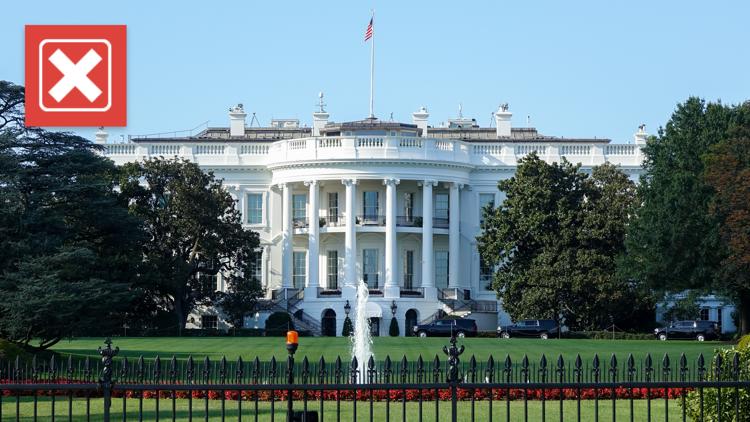As speculation increases about who Donald Trump’s cabinet members might be, people are wondering if Trump can approve those members himself.


President-elect Donald Trump is set to begin his second term in the White House in January after winning the 2024 general election. Presidential administrations have cabinets, which consist of a group of appointed officials who advise the president and oversee federal departments. There are 26 members in the presidential cabinet.
As speculation increases about who Trump might pick to be part of his new cabinet, names like Elon Musk and Robert F. Kennedy Jr. are rumored to be in consideration.
People online are wondering how cabinet members are appointed and whether Trump can approve most of those members himself, Google Trends data show.
THE QUESTION
Can a president unilaterally appoint most cabinet members?
THE SOURCES
THE ANSWER
![]()
WHAT WE FOUND
Most presidential cabinet nominations must be approved by the Senate, including all cabinet secretaries. The exceptions are the vice president, which a presidential candidate chooses before they are elected, and the White House Chief of Staff, which the president can hand-pick.
The U.S. Constitution outlines that the president “shall nominate, and by and with the Advice and Consent of the Senate, shall appoint Ambassadors, other public Ministers and Consuls, Judges of the Supreme Court, and all other Officers of the United States, whose Appointments are not herein otherwise provided for.”
The U.S. Senate votes to approve presidential appointments, and the nominee must receive approval from a simple majority, according to the U.S. Senate.
Presidential cabinet appointments are not the same as naming “czars” or advisors. A president can name people to those roles without approval from the Senate. But cabinet secretary positions require Senate approval.
For example, if president-elect Donald Trump wanted to name Robert F. Kennedy Jr. as a “health czar,” he could do so without Senate approval. But if he wanted to name Kennedy as the Secretary of the Department of Health and Human Services, this would require Senate approval.
These heads all have the title Secretary, except for the Justice Department head, who is referred to as Attorney General, the White House says.
Additional cabinet roles that require Senate approval are:
- U.S. Ambassador to the United Nations
- Director of National Intelligence
- U.S. Trade Representative
- Administrator of the Environmental Protection Agency
- Director of the Office of Management and Budget
- Chair of the Council of Economic Advisers
- Director of the Office of Science and Technology Policy
- Administrator of the Small Business Administration.
Recess appointments
On Nov. 10, Trump shared a post on Truth Social stating his plans to use something called “recess appointments” to appoint cabinet members in a quicker manner.
“Any Republican Senator seeking the coveted LEADERSHIP position in the United States Senate must agree to Recess Appointments (in the Senate!), without which we will not be able to get people confirmed in a timely manner. Sometimes the votes can take two years, or more. This is what they did four years ago, and we cannot let it happen again. We need positions filled IMMEDIATELY!,” the president-elect wrote.
A president does have the ability to temporarily bypass the Senate confirmation process and appoint cabinet members if there’s a vacancy during a congressional recess, according to article II, section 2, clause 3 in the U.S. Constitution.
“Recess appointments have sometimes enabled the President to temporarily install an appointee who probably would not be confirmed by the Senate,” the Congressional Research Service (CRS) explains.
A recess appointment can remain in effect without Senate approval for up to two years, but eventually the appointee would need to receive approval. The length of a recess appointment depends on when the appointment was made.
“Initially it's really lasting through the rest of a year, but effectively, just by practice, it has frequently lasted a full year and a second year,” Robert Peck, president of the Center for Constitutional Litigation said.
Many presidents have used recess appointments over the years, including Barack Obama, who made 32 recess appointments, and George W. Bush, who made 171, the CRS says.
The VERIFY team works to separate fact from fiction so that you can understand what is true and false. Please consider subscribing to our daily newsletter, text alerts and our YouTube channel. You can also follow us on Snapchat, Instagram, Facebook and TikTok. Learn More »
Follow Us
Want something VERIFIED?
Text: 202-410-8808
.png)









 English (US) ·
English (US) ·